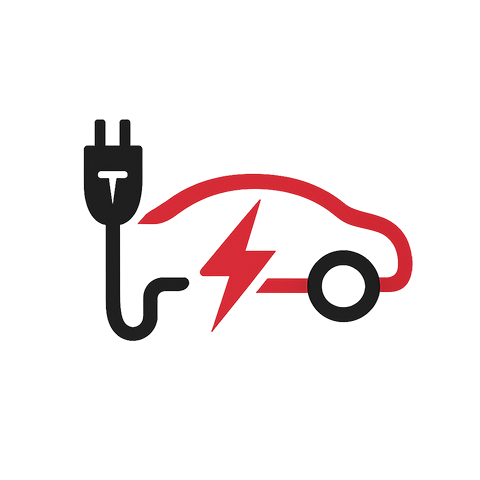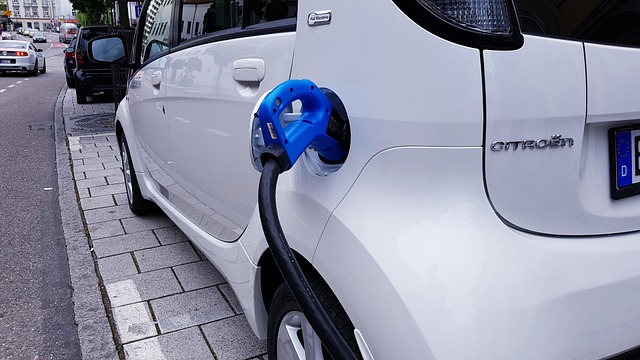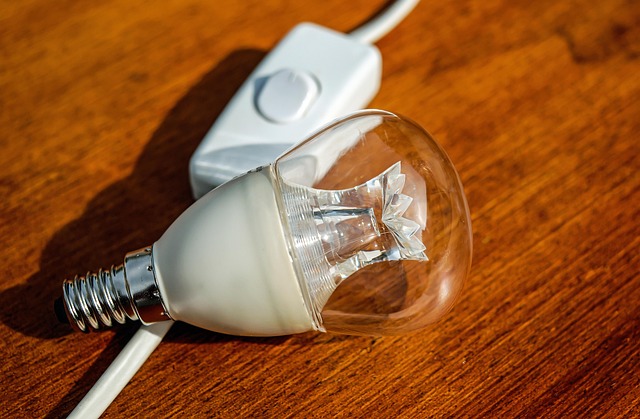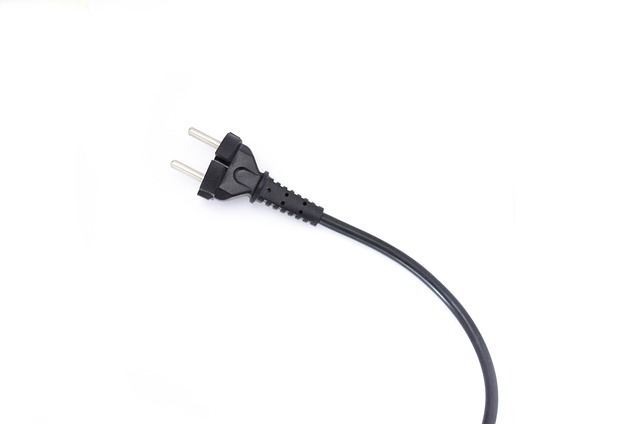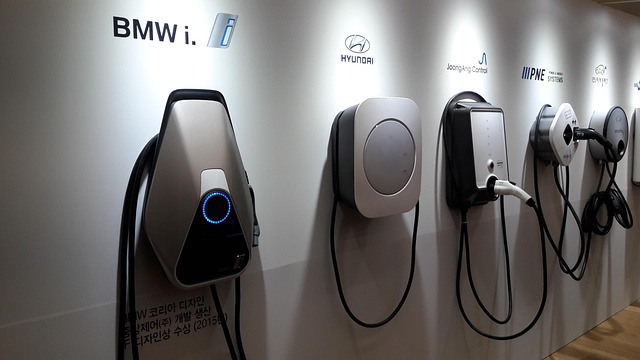The Ultimate Guide to Choosing an Electric Car Charging Cable
As electric vehicles (EVs) continue to revolutionize the way we think about transportation, one essential accessory every EV owner must consider is the electric car charging cable. This humble yet crucial component not only ensures your car is powered up and ready to go but also plays a significant role in your overall charging experience.
Why the Right Electric Car Charging Cable Matters
Imagine the frustration of arriving home after a long day, only to find your charging cable is incompatible or slow to recharge your EV. That’s where the right cable comes into play. The perfect charging cable offers safety, efficiency, and convenience, allowing you to enjoy the freedom that comes with driving an electric vehicle without any hassle.
Types of Electric Car Charging Cables
Understanding the different types of cables can be daunting, but breaking them down into categories helps:
- Type 1 (SAE J1772): Common in North America and Japan, this connector is typically used for Level 1 and Level 2 charging.
- Type 2 (Mennekes): Popular in Europe, known for its versatility in both residential and commercial settings.
- CHAdeMO: A fast-charging standard mainly used by Japanese EVs.
- CCS (Combined Charging System): This includes Type 1 or Type 2 connectors with added DC fast charging pins for rapid charging.
Choose a cable that matches your EV’s port type and your typical charging locations to guarantee efficiency.
Key Factors to Consider When Choosing an Electric Car Charging Cable
1. Length
The length of your cable determines where you can park and still reach the charging point. Opt for a cable long enough to allow flexible parking positions but not so long that it becomes unwieldy.
2. Cable Thickness and Quality
Thicker cables generally handle higher currents and last longer. Investing in a quality cable made with durable materials ensures safety and longevity, especially if you charge your EV frequently.
3. Amperage Rating
Check the amperage your EV supports for charging. Using a cable with a lower amperage rating than your car’s maximum could slow down charging times.
4. Weather Resistance
If you frequently charge outdoors, look for cables with waterproof and UV-resistant features to withstand the elements.
Practical Tips for Using Your Electric Car Charging Cable
Once you have the right electric car charging cable, maintain it well. Avoid sharp bends and store it properly to prevent damage. Also, regularly inspect the connectors for dirt or damage to ensure a safe and reliable charge every time.
Embracing the Charging Experience
Choosing the right electric car charging cable goes beyond just finding a compatible accessory—it’s about embracing a lifestyle that values sustainability, convenience, and innovation. With the right cable in hand, charging your EV becomes a seamless part of your daily routine, supporting your journey towards a cleaner planet.
